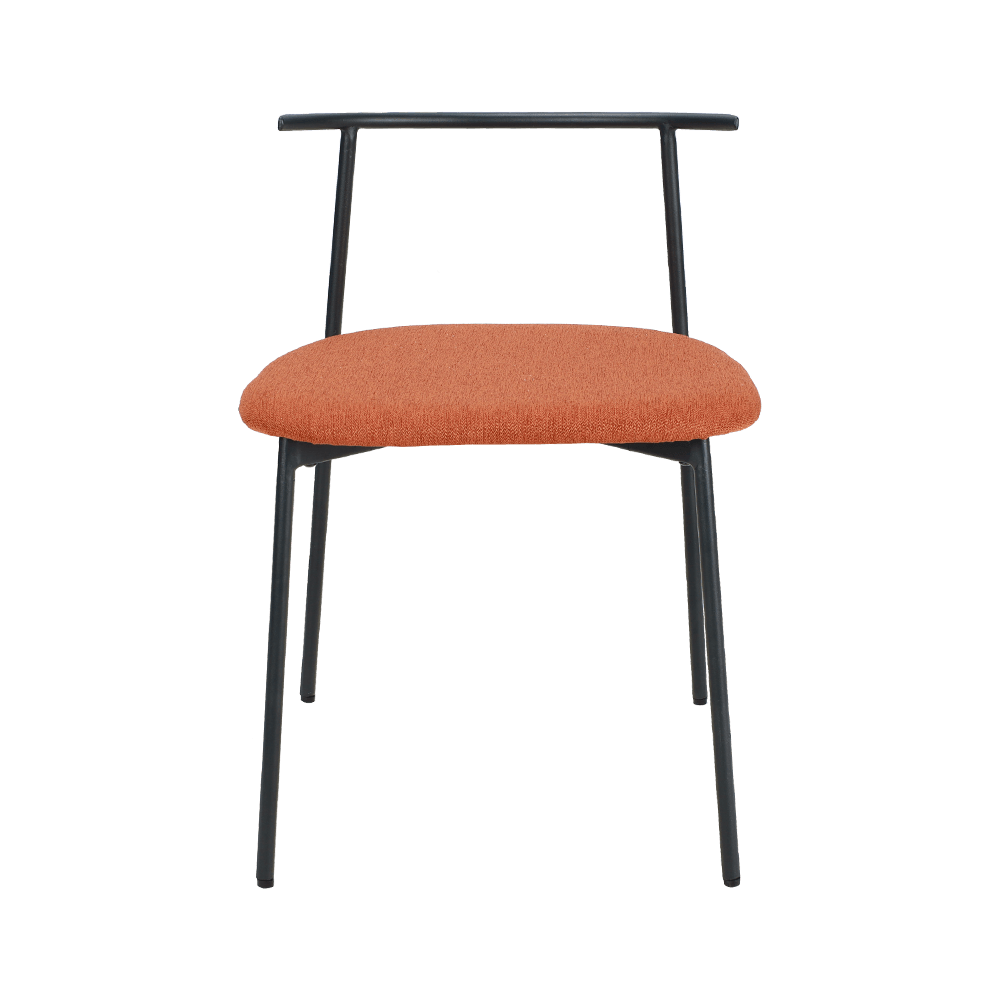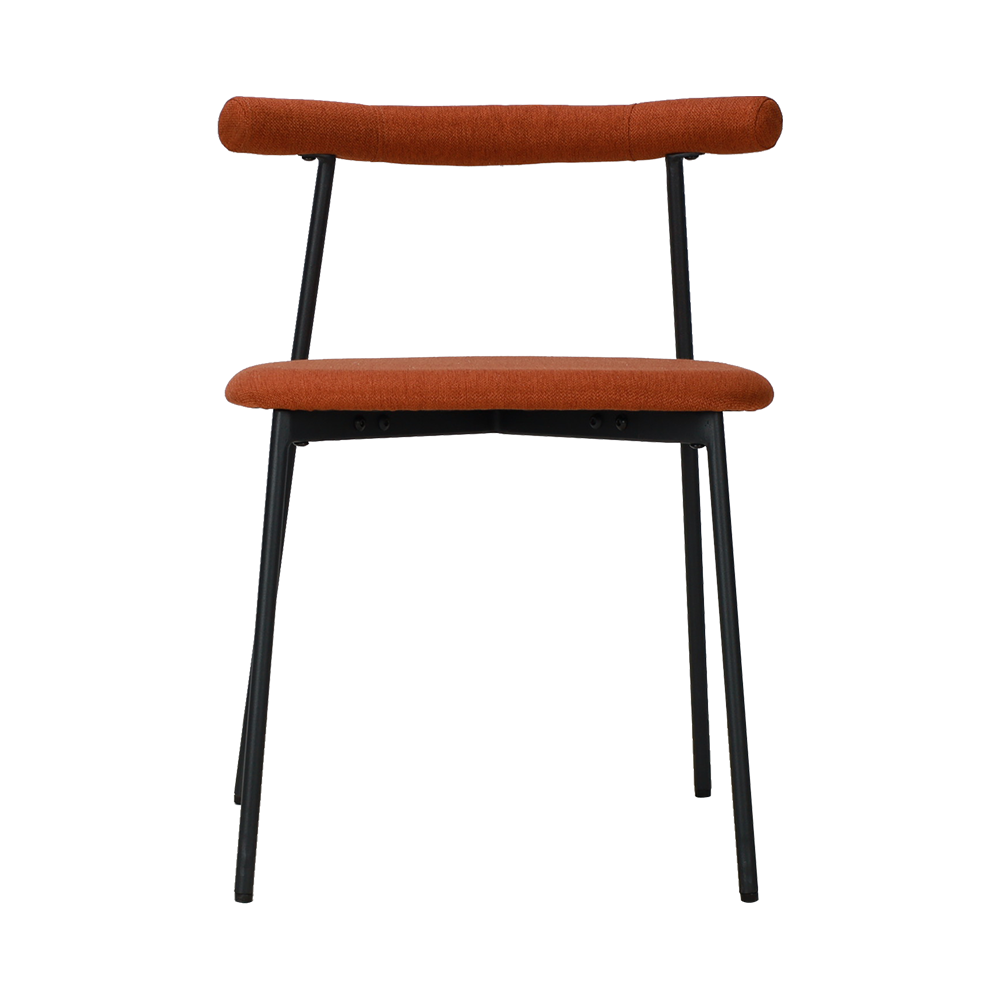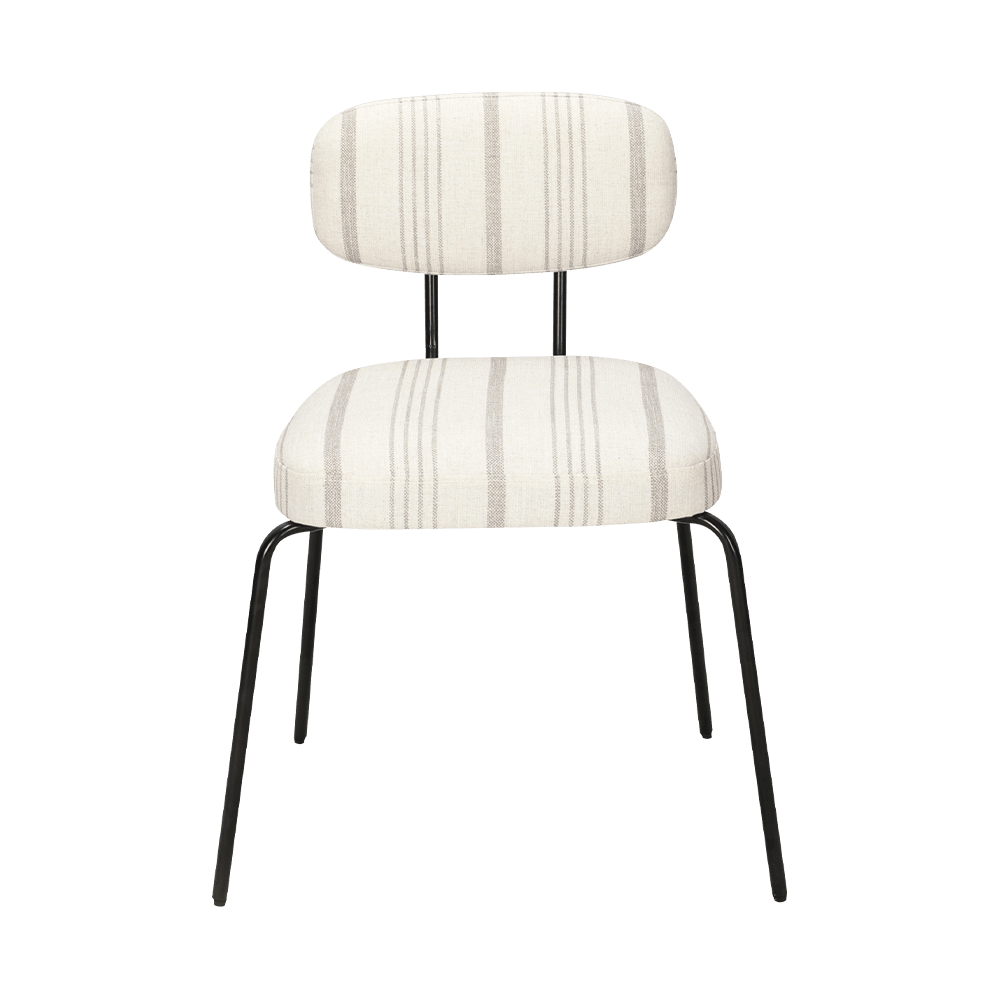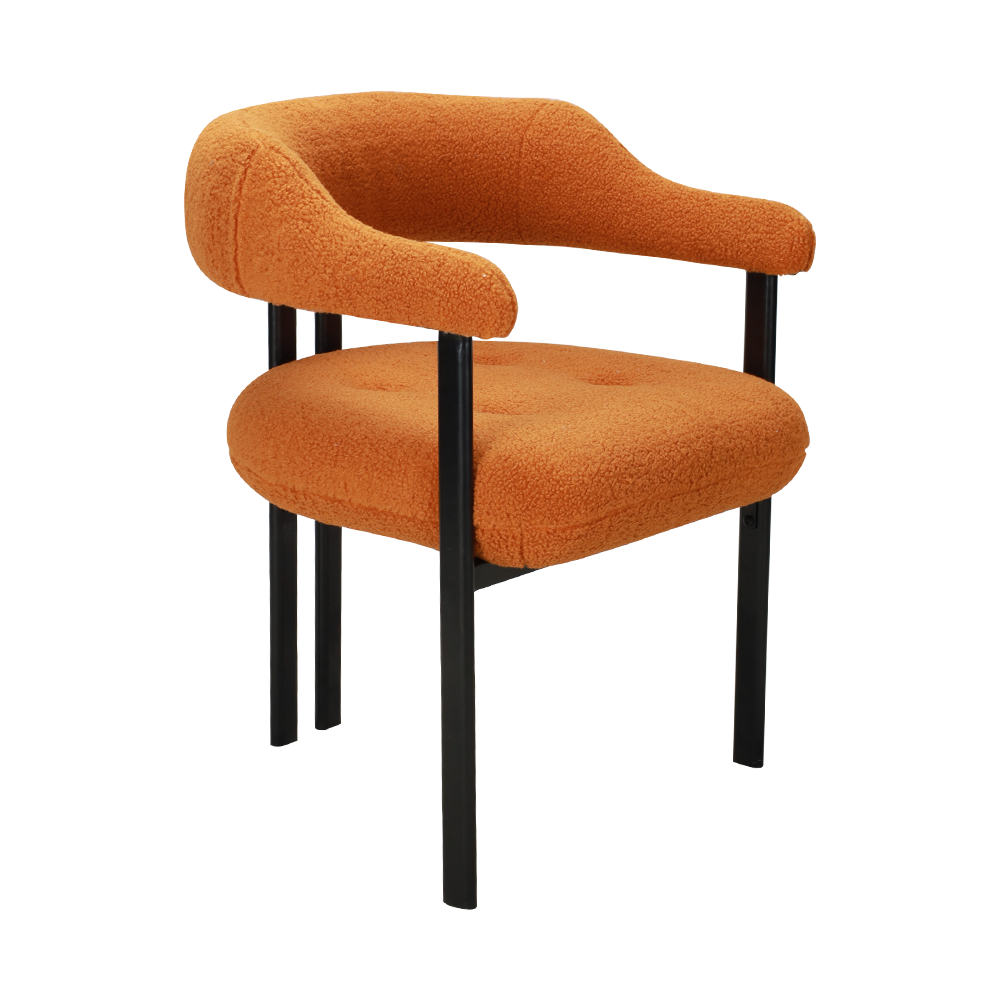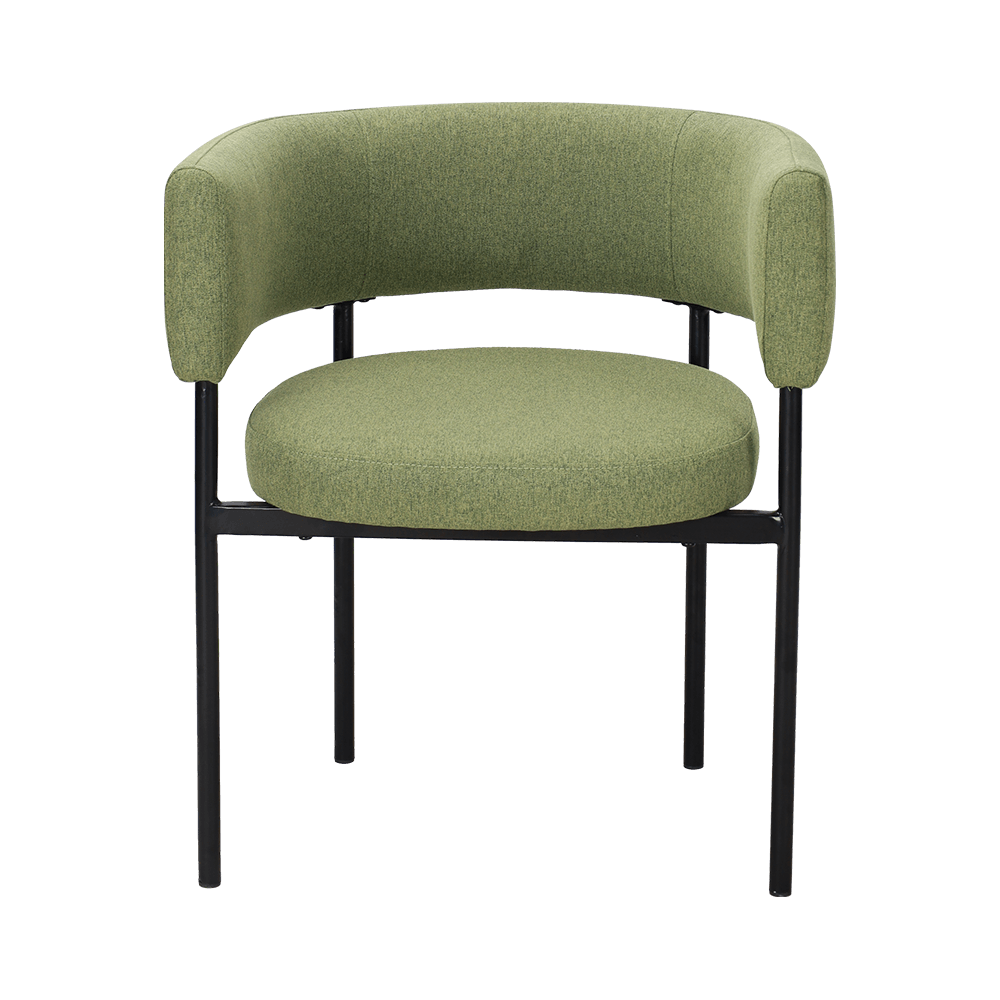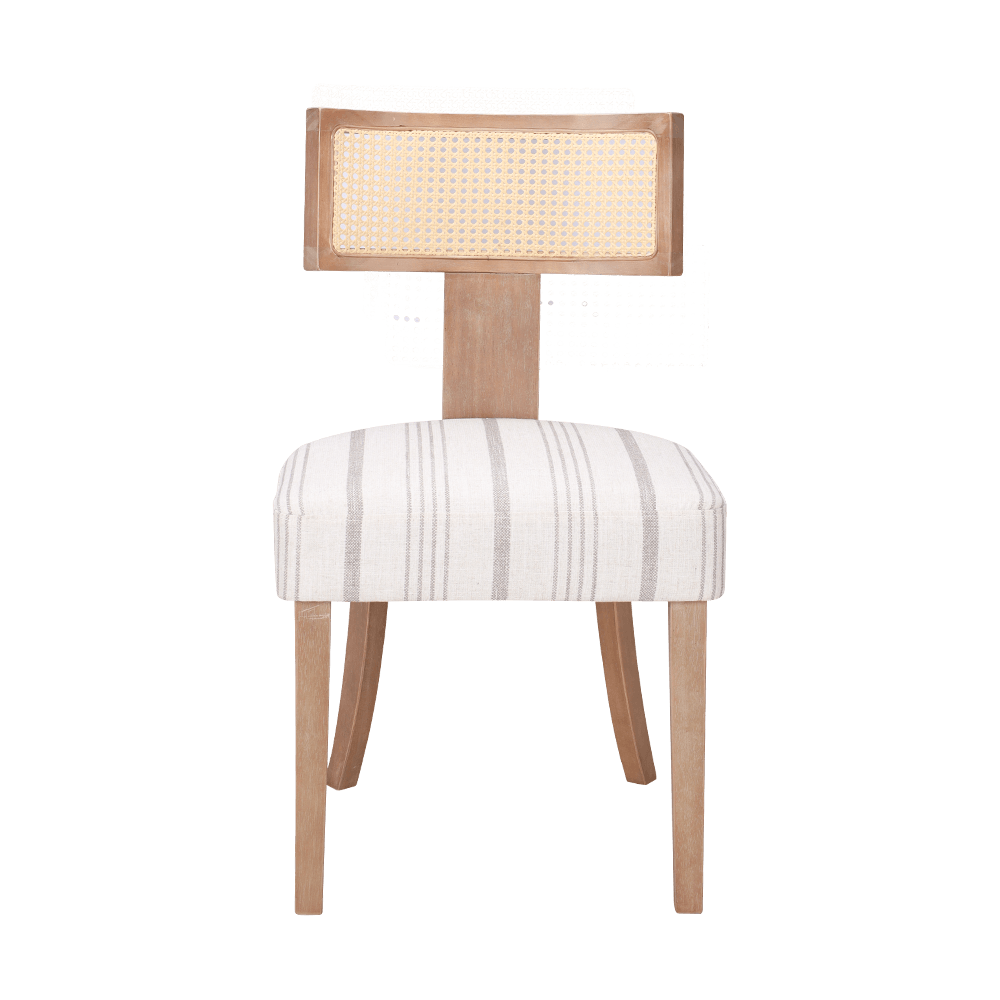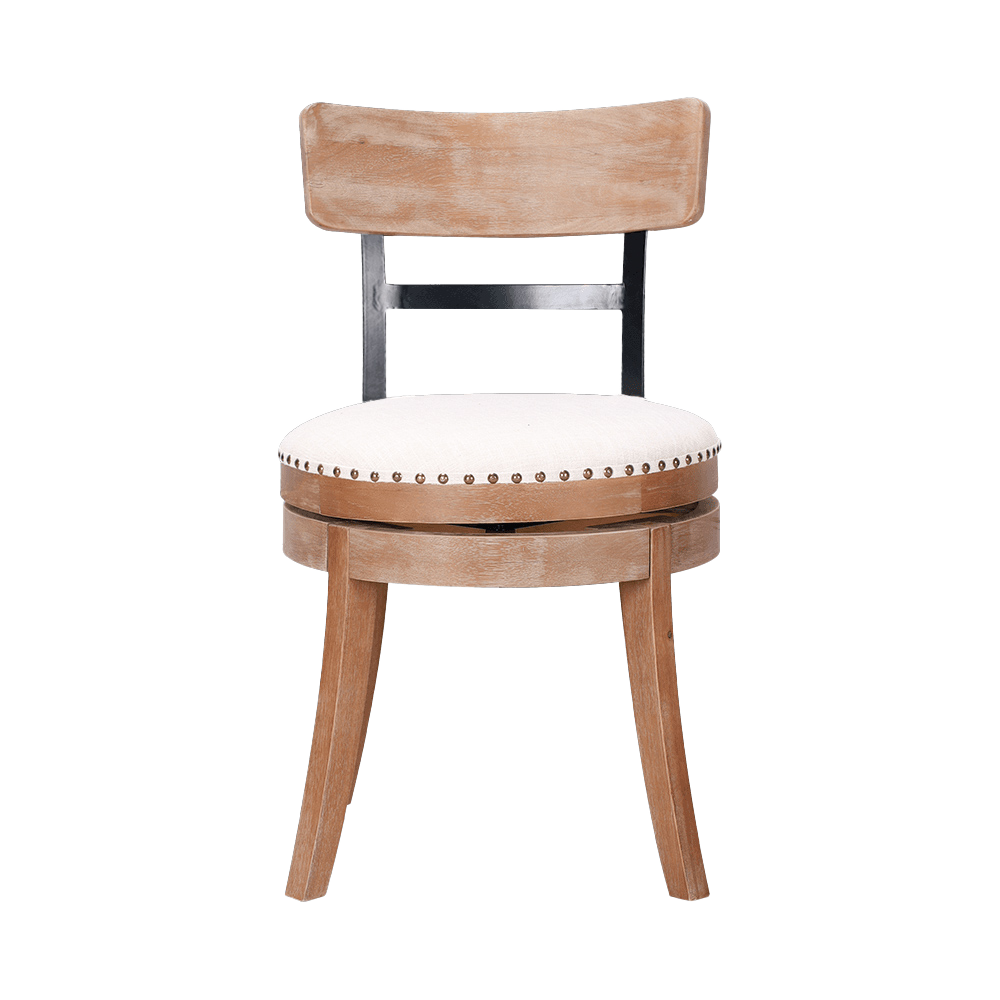How Do Fabric Lounge Chairs Fit into Different Interior Design Styles?
Posted by Zhejiang Wanchang Furniture Co., Ltd.
Fabric lounge chairs are more than just comfortable seating; they are versatile furniture pieces that can seamlessly adapt to a wide range of interior design styles. With the variety of shapes, colors, fabrics, and detailing available, these chairs can either blend harmoniously with the existing decor or stand out as a statement piece. Understanding how they fit into different design aesthetics can help you choose the right one for your home.
1. Modern and Contemporary Interiors
In modern and contemporary spaces, fabric lounge chairs often feature clean lines, minimal ornamentation, and neutral or monochromatic color palettes. Materials like smooth woven fabrics or textured upholstery in shades of gray, beige, or muted tones complement the sleek look. Simple geometric shapes and metal or wooden legs enhance the modern aesthetic, ensuring the chair blends seamlessly with open, uncluttered layouts.
2. Mid-Century Modern
Fabric lounge chairs work exceptionally well in mid-century modern interiors, which are characterized by organic shapes, tapered wooden legs, and vibrant or earthy colors. Upholstery in mustard yellow, teal, olive green, or burnt orange pairs beautifully with walnut or teak frames. The soft fabric adds warmth, while the retro-inspired form maintains a sense of timeless style.
3. Scandinavian Minimalism
In Scandinavian interiors, the focus is on simplicity, functionality, and natural materials. Fabric lounge chairs in light, neutral colors like white, cream, or light gray enhance the airy and bright feel of the space. Linen and cotton fabrics, combined with light wooden frames, create a cozy yet minimal look that complements the Scandinavian ethos of comfort and practicality.
4. Bohemian and Eclectic Spaces
For bohemian or eclectic styles, fabric lounge chairs can serve as a colorful, textural anchor in a vibrant room. Bold patterns, rich jewel tones, and layered fabrics give the chair a sense of personality. Adding cushions, throws, or mix-and-match upholstery enhances the visual appeal and contributes to the laid-back, artistic atmosphere.
5. Traditional and Classic Interiors
In traditional spaces, fabric lounge chairs often feature plush upholstery, curved silhouettes, and intricate detailing. Velvet, damask, or other luxurious fabrics in deep, rich colors such as burgundy, navy, or forest green convey elegance. These chairs work well alongside wooden furniture with ornate carvings, creating a refined and timeless ambiance.
6. Industrial Lofts
In industrial settings with exposed brick, metal beams, and raw finishes, fabric lounge chairs provide a welcome softness. Neutral tones like charcoal, taupe, or brown help the chair integrate into the rugged environment, while the tactile nature of the fabric offers a visual and physical contrast to hard surfaces.
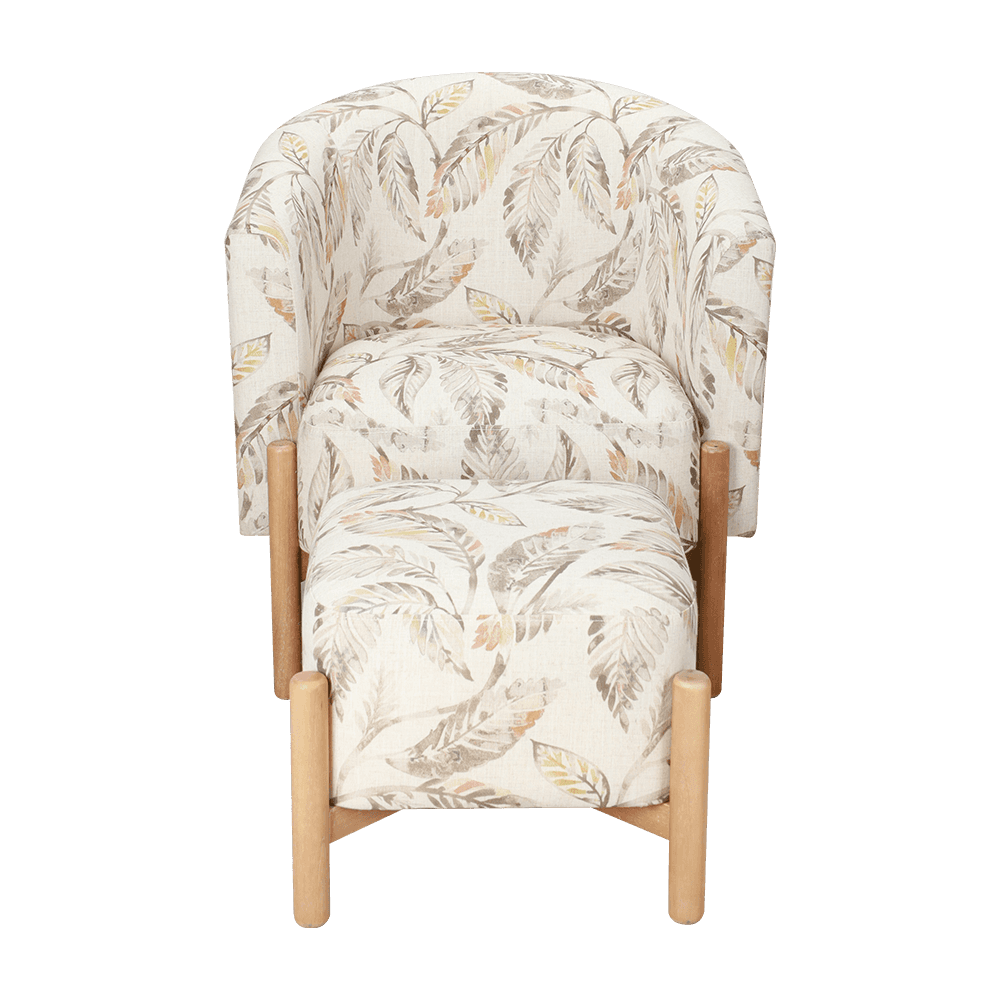
7. Coastal and Relaxed Interiors
For coastal-inspired interiors, fabric lounge chairs upholstered in light blues, sandy beige, or crisp white evoke a breezy, ocean-side feel. Linen or cotton fabrics, often paired with weathered wood frames, enhance the casual, airy vibe. Striped or nautical-inspired patterns can add to the coastal charm.
Conclusion
Fabric lounge chairs are highly adaptable, making them suitable for nearly any interior design style. By carefully selecting fabric type, color, shape, and detailing, they can either complement a room’s aesthetic or serve as a focal point. Whether in a sleek modern apartment, a cozy Scandinavian home, or a bold bohemian loft, the right fabric lounge chair enhances both comfort and style.




 中文简体
中文简体 English
English